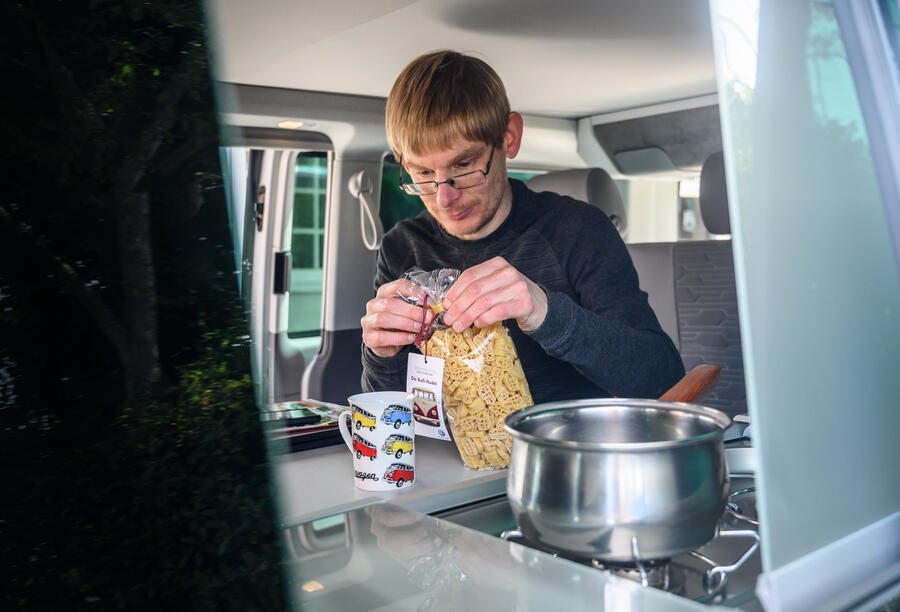There’s a variant of Autocar feature we call the ‘epic drive’, where we make a fuss of a particular vehicle by taking it on an extended outing to a significant location. This was supposed to be one of those features. But it’s not, clearly, because this is 2020, the year in which nothing has gone as planned.
We had been plotting an epic drive to celebrate the Volkswagen Transporter. Yes, a van – but one worthy of celebration. The Type 2 entered production in 1950, VW’s cunningly named second vehicle after the Type 1 (the Beetle), in van, minibus and camper form. This was no case of ‘difficult second album’: the T2 was an instant success, playing a key role in VW’s growth from producer of a single affordable hatchback into one of the world’s largest car giants. It has also displayed incredible longevity, with around 13 million sold over an unbroken 70-year production run that sets a record for a commercial vehicle. During that time, the Beetle has gone out of production, been revived as a retro homage and gone out of production again.
Not that the Transporter (the Type 2 name was retired for the fourth-generation T4; the first three generations have confusingly been retconned as T1, T2 and T3) hasn’t changed. As well as being offered in countless variants, garnering enough official names and nicknames to fill the word count for this feature (a small sample includes Camper, Bus, Bulli, Microbus, Caravelle, California, Kombi and Samba), it had been reinvented across six generations. The latest T6.1 models are scarcely comparable to a 1950 T2, but there is a direct continuity.

Worthy of celebration, then. So our plan was to mark seven decades of the VW Transporter with an epic road trip in the latest T6.1 California camper. Having ruled out a ‘summer of love’ road trip in California as being too cliché (Autocar writers are taught to avoid clichés like, erm, oh, you know), we settled on en epic drive to Wolfsburg.

















































Join the debate
Add your comment
A friend had one of those
Blasting down the A3, I suddenly realised there was about 5mm of steel between me and the car infront.
Why anyone would want to put themselves or their children in one of these death traps is beyond me.
No green eyed monster here, I
I like the older ones but I do like older cars in general but if I was to fork out for an old VW it would be a karman Ghia.
Sad to see
mrking wrote:
Lol, I love your "logic" - people who dont like this are jealous, lol, do you apply that "logic" to anything or anyone else that doesnt/dont agree with you ?